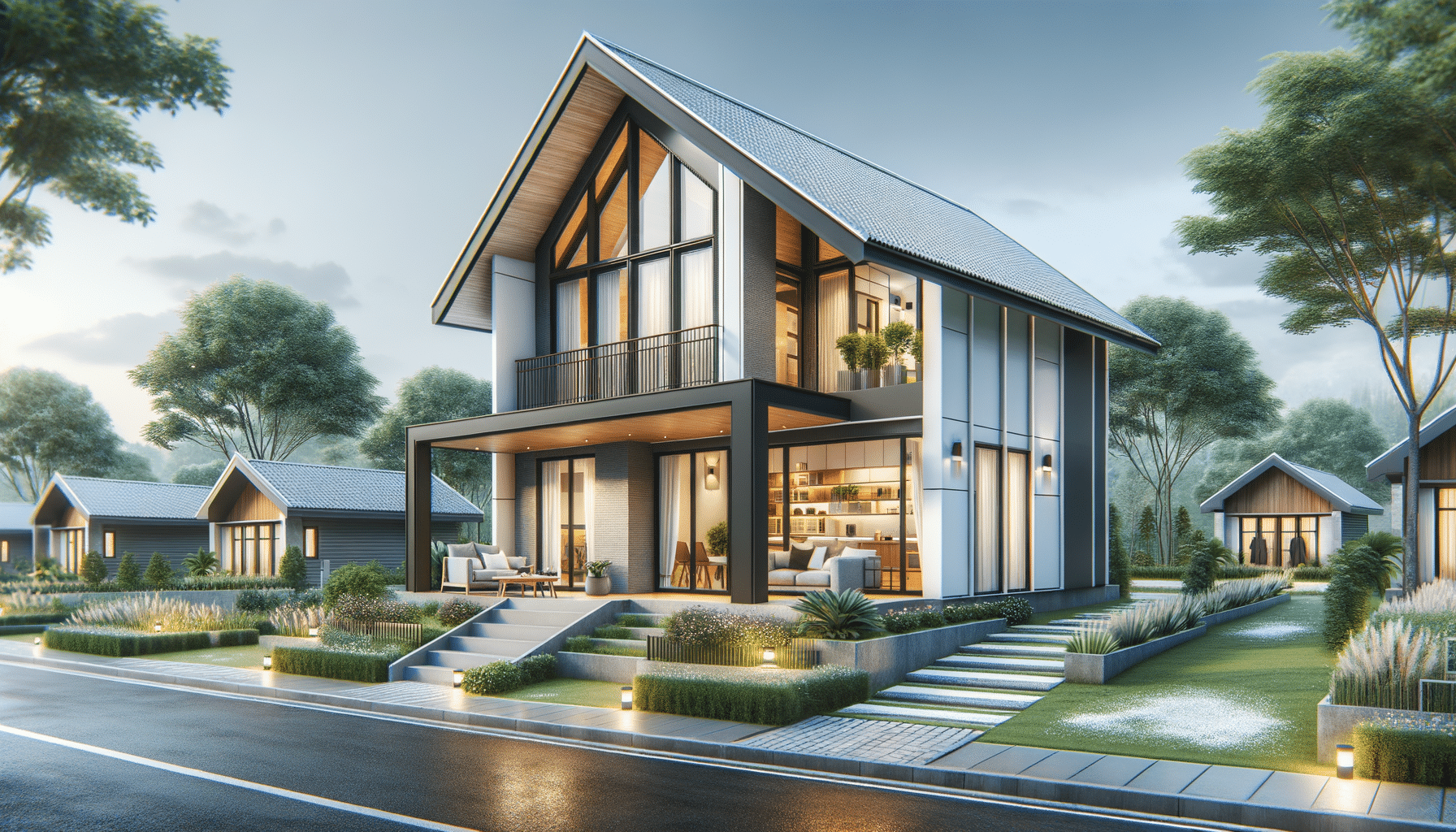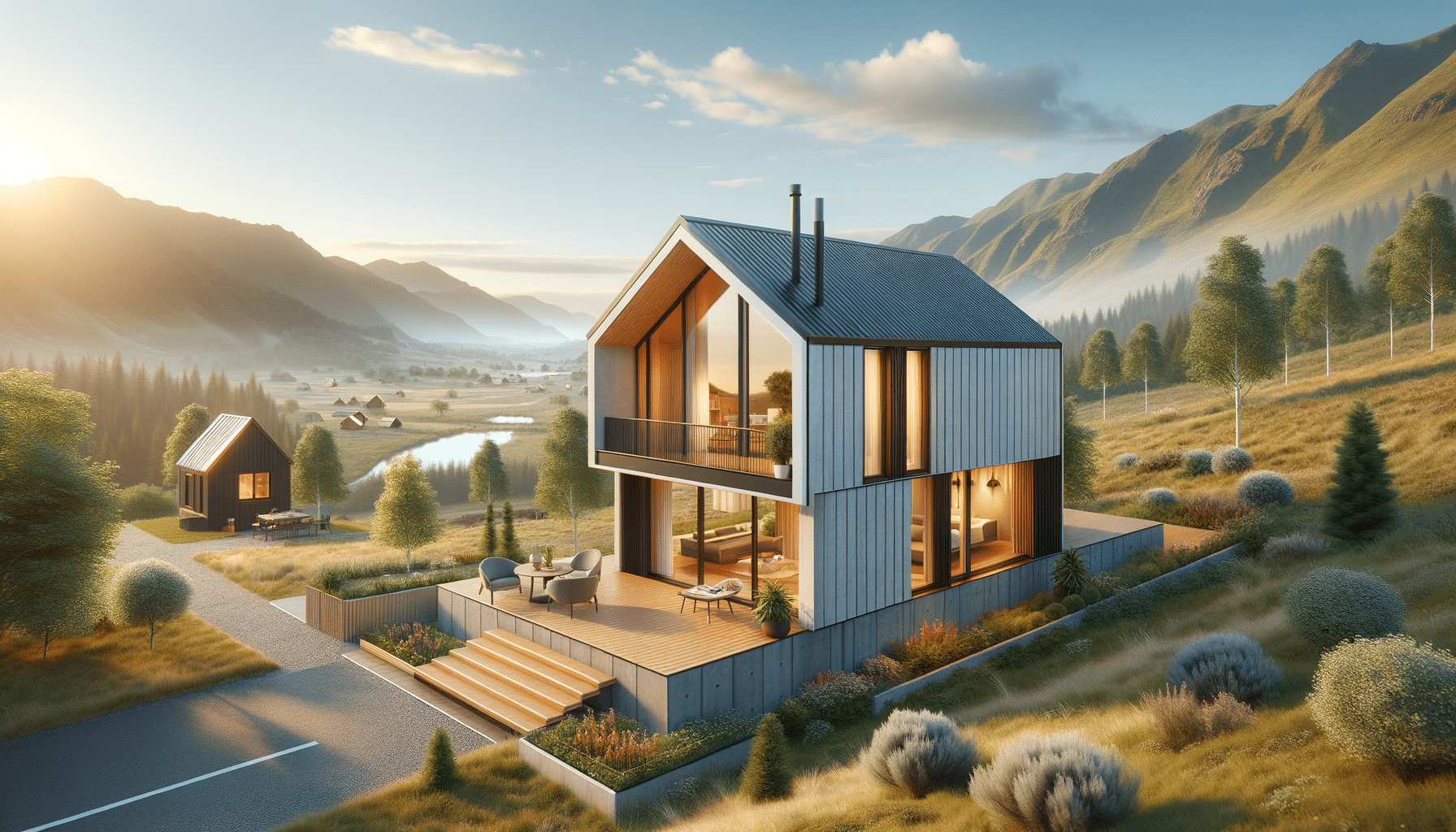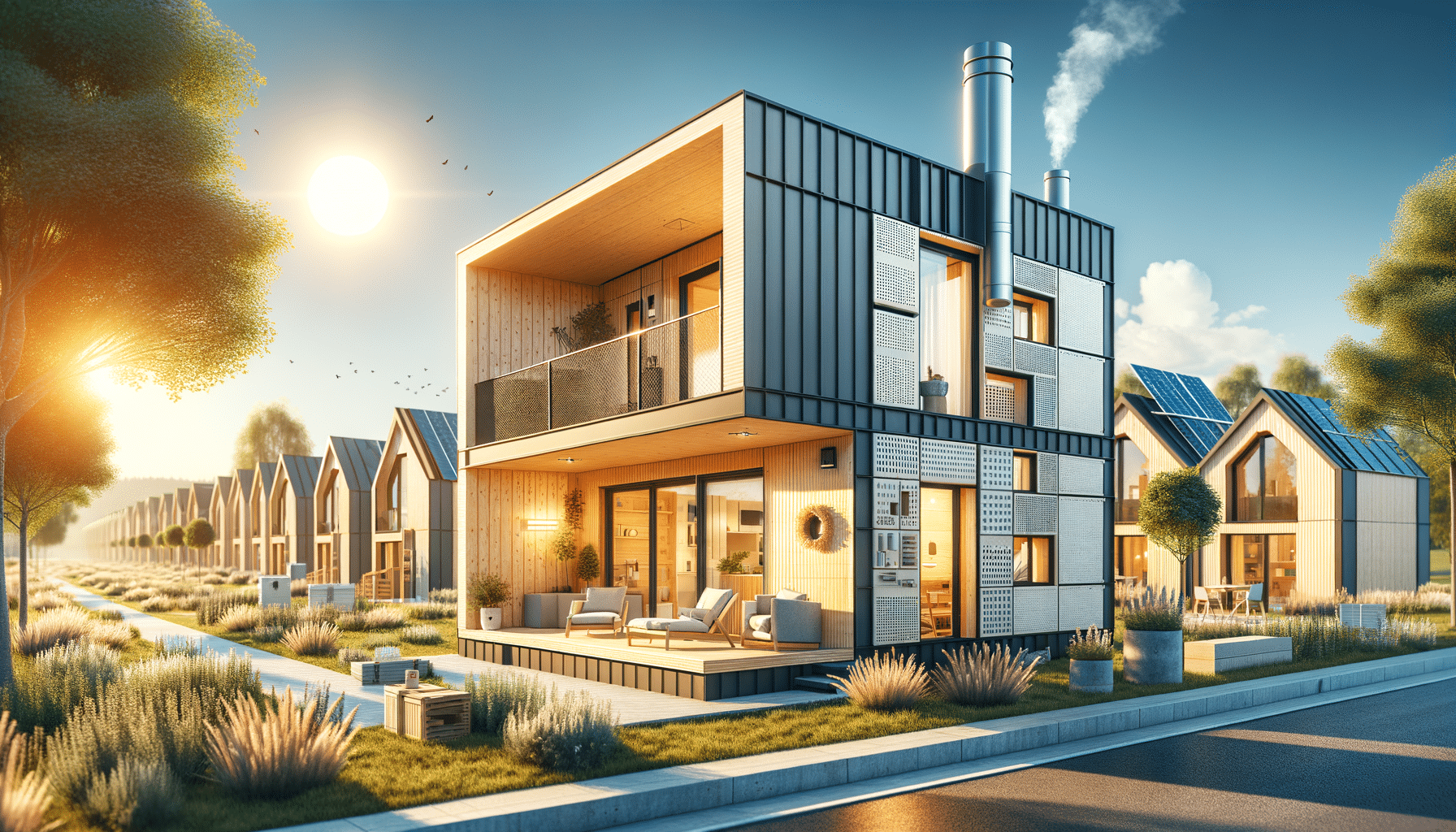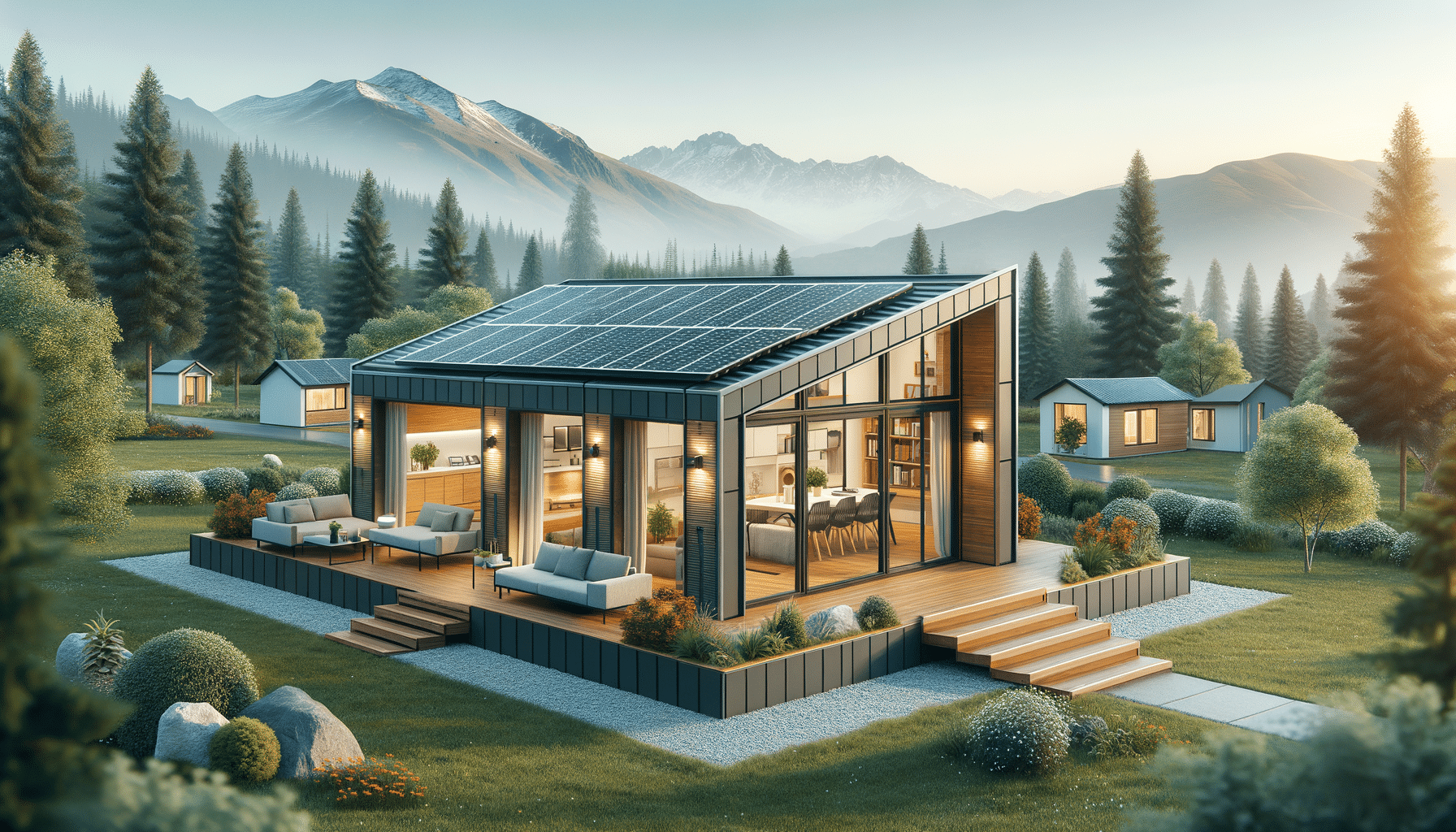
Prefabricated Homes: A Buyer’s Guide to Modern Turnkey Designs
Introduction to Prefabricated Homes
In recent years, prefabricated homes have emerged as a compelling option for those looking to build a new home efficiently and cost-effectively. These homes, often referred to as prefab homes, are constructed off-site and then assembled on-site, offering a streamlined approach to home building. Prefabricated homes are gaining popularity due to their modern designs, reduced construction time, and potential cost savings. As more people seek sustainable and customizable living spaces, understanding the nuances of prefabricated homes becomes increasingly important.
The Evolution of Prefabricated Homes
Prefabricated homes have a rich history, dating back to the early 20th century when they were initially introduced as a solution to housing shortages. Over the decades, the designs and technologies have evolved significantly. Early models were basic and focused primarily on functionality. However, today’s prefabricated homes are a testament to innovation, offering a variety of styles and features that cater to diverse tastes and needs.
Modern prefabricated homes are characterized by their exceptional quality and attention to detail. They are often constructed using cutting-edge materials and techniques, ensuring durability and energy efficiency. The evolution of these homes reflects broader trends in architecture and design, emphasizing sustainability and minimal environmental impact. As a result, prefabricated homes are not only a practical choice but also a forward-thinking one.
Benefits of Choosing Prefabricated Homes
One of the primary advantages of prefabricated homes is their reduced construction time. Since the majority of the building process occurs in a controlled factory setting, weather-related delays are minimized, allowing for a quicker timeline from start to finish. Additionally, the factory setting ensures a higher level of precision and quality control, resulting in a well-constructed home.
Cost efficiency is another significant benefit. Prefabricated homes can be more affordable than traditional homes due to the streamlined construction process and reduced labor costs. Furthermore, the use of sustainable materials and energy-efficient designs can lead to long-term savings on utility bills.
Customization is also a key feature of prefabricated homes. Buyers can choose from various layouts, finishes, and features to create a home that suits their personal style and needs. This level of personalization, combined with the other benefits, makes prefabricated homes an attractive option for many prospective homeowners.
Challenges and Considerations
While prefabricated homes offer numerous advantages, there are also challenges and considerations to keep in mind. One potential challenge is finding a suitable location for the home. Since prefabricated homes are assembled on-site, the land must be accessible and prepared for construction. Additionally, zoning laws and building codes can vary significantly by region, potentially affecting the feasibility of a prefabricated home in certain areas.
Another consideration is the limited availability of prefabricated home manufacturers in some regions. This can impact the range of options available to buyers and may require additional research to find a reputable supplier. Moreover, while customization is a benefit, it can also lead to increased costs if buyers select high-end finishes or unique design elements.
Despite these challenges, many homeowners find that the benefits of prefabricated homes outweigh the potential drawbacks. By carefully considering these factors, buyers can make informed decisions that align with their needs and goals.
Conclusion: Is a Prefabricated Home Right for You?
Prefabricated homes represent a modern and efficient approach to home building that appeals to a wide range of buyers. With their combination of exceptional quality, cost-effectiveness, and customization options, they are an attractive choice for those looking to build a new home. However, it’s essential to weigh the benefits against the challenges, considering factors such as location, manufacturer availability, and personal preferences.
For individuals seeking a sustainable, customizable, and efficient home-building solution, prefabricated homes are certainly worth considering. As the industry continues to evolve, these homes are likely to become an even more prominent feature of the housing market, offering a viable alternative to traditional construction methods.


